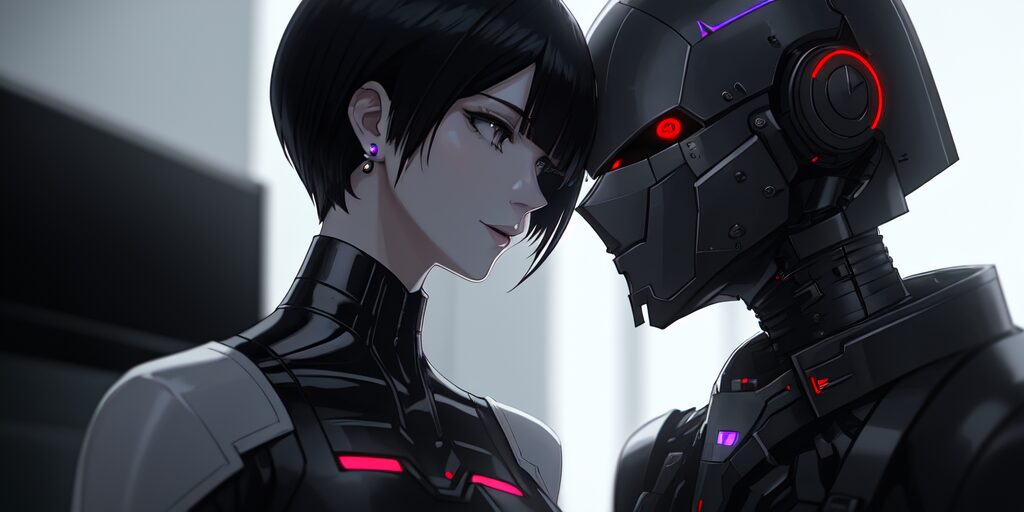Hello everyone, here is a late-blooming Pythonista, Tokikanee♪
In this article, I would like to introduce Tokyo sightseeing planning optimized for minimalists from the point of view of a female engineer.
Today’s target place is Ginza which is most famous upscale shopping area of Tokyo.
Please enjoy it♪
[↓English is available]
Overview of Ginza

There are numerous department stores, boutiques, cafes, restaurants. It is thought to be one of the most elegant, luxurious city in the world. Ginza station of Tokyo Metro Marunouchi line is located at next to Tokyo station. There is also Kabuki-za which is the theater for Kabuki, Japanese traditional performance described as follows. The term “Ginza” is considered with the synonymous of luxurious city, so many shopping moles in Japan are named as “XX Ginza”.
Ginza Six, Shopping mole

“Ginza Six” is one of new landmark in Ginza. The building was designed as modern art and it includes various shops. Tourists can enjoy restaurants and sweets shops.
[Ginza Six website, English is available] 
Sweets
In Ginza-Six, there are two famous shops where travelers can enjoy Japanese sweets.
Fujiyoshi Nakamura (藤吉中村)
The store was founded in 1854 in Uji city, Kyoto. The traditional tea shop provides Japanese sweets made by Matcha (Green tea). There is a special parfait “別製まるとパフェ(Bessei Maruto parfait, 2,500JPY)” only at the Ginza branch.
[Fujiyoshi Nakamura web site, English]
Ginza Bashodo (銀座芭蕉堂)
Ginza Bashodo also has a long tradition. The shop was established in 1st year of Meiji Era (1868) and is specializing Warabi-mochi. Warabi-mochi (わらび餅) is traditional Japanese confection made from warabiko (bracken starch). Warabi-mochi is often covered by Kinako (sweet soybean flour) .
Four pieces select box of Warabi-mochi rice cakes(わらび餅まんじゅう4個入り)is very popular. You can select from four filling types and they will be packed in a box.
[Ginza Bashodo web site, Japanese] 
[↓English is available]
Souvenirs
Yamaga Heiando (山田平安堂)
Yamada Heiando is a most famous seller of the lacquerware from 1919. Yamada Heiando Ginza branch is also located in Ginza Six. It is said that the Japan Imperial Household Agency often use the shop to prepare the lacquerware for national ceremony. The shop is dealing not only classic type but also modern style lacquerware, and there is various another types of Japanese style souvenir.
[Yamada Heiando website, Japanese] 
Tokyo Kyukyodo(東京鳩居堂)
Tokyo Kyukyodo is a shop dealing with old fashion Japanese stationaries.
The shop provides the Japanese fragrant (香), decorated Japanese papers (和紙). Also, Japanese accessories with vividly colors are popular in tourists.
[Tokyo kyukyodo website, Japanese]
Kabuki (歌舞伎)
Kabuki is a classic style Japanese theatre. The actors perform traditional dance with drastic moving and facial expressions. It is said that Kabuki is originated in the early Edo period. Kabuki was inscribed in the UNESCO Representative List of the Intangible Cultural Heritage of Humanity in 2008. Kabuki actors showed heavily decorated costumes and make-up called as a “Kumadori”.
Tickets
- Theatre are held almost year-round, typically in two parts, daytime and evening in a day.
- A daytime/nighttime section includes 3 or 4 programs. A section approximately takes 3-4 hours.
- Tourists can get a ticket just for a program as follows.
[Ticket web 松竹 (Shochiku), Japanese]
Ticket types are as follows.
| Sheet type | Price |
| 1st grade | 18,000 JPY |
| 2nd grade | 14,000 JPY |
| 3rd floor A (forward) | 6,000 JPY |
| 3rd floor B (backward) | 4,000 JPY |
| 1st floor (w/ Japanese traditional low table over a hole in the floor) | 20,000 JPY |
In addition, there is a most reasonable ticket in 4th floor, and you can see just one performance (500-2,000 JPY, same-day ticket only).
There is no dress code when you enter to Kabuki-za. There is an earphone guide for non-Japanese speakers (800 JPY).
Programs
All programs and plots are shown in a following web site.
[Kabuki on the web official home page, English]
Programs for beginneers
For beginners, there are three recommendation of programs.
Yoshitsune Senbon Zakura(義経千本桜)
The story is based on the Heike Monogatari (平家物語) which is a classic epic describing the Genpei War (1180-1185) between Taira clan versus Minamoto clan.
Visitors can enjoy spectacular performance such as the actor suspending in the air or quick changes of clothes like a magic.
Renjishi(連獅子)
The title means two lions and the program is originated from dance with lyrics written by Kawatake Mokuami. The Renjishi evolved for an emotional story between a father and two lion cubs.
The dance with shaking long read hair hardly is a popular in kabuki repertoire and it is often performed in other programs.
Sukeroku yukarino edozakura(助六由縁江戸桜)
The title in english version is “The flower of Edo”. Samurai Sukeroku’s revenge story. He is always looking for fight because he is looking for the killer of his father.
The program is very popular because various attractive characters appear.
[↓English is available]
Summary

I hope you could enjoy reading and I am really glad if this article will help your travel planning to Japan.
♪♪♪ Have a nice trip, Bon voyage ♪♪♪
[Related article↓]
[↓English is available]




